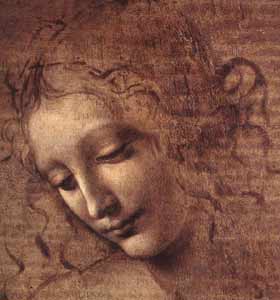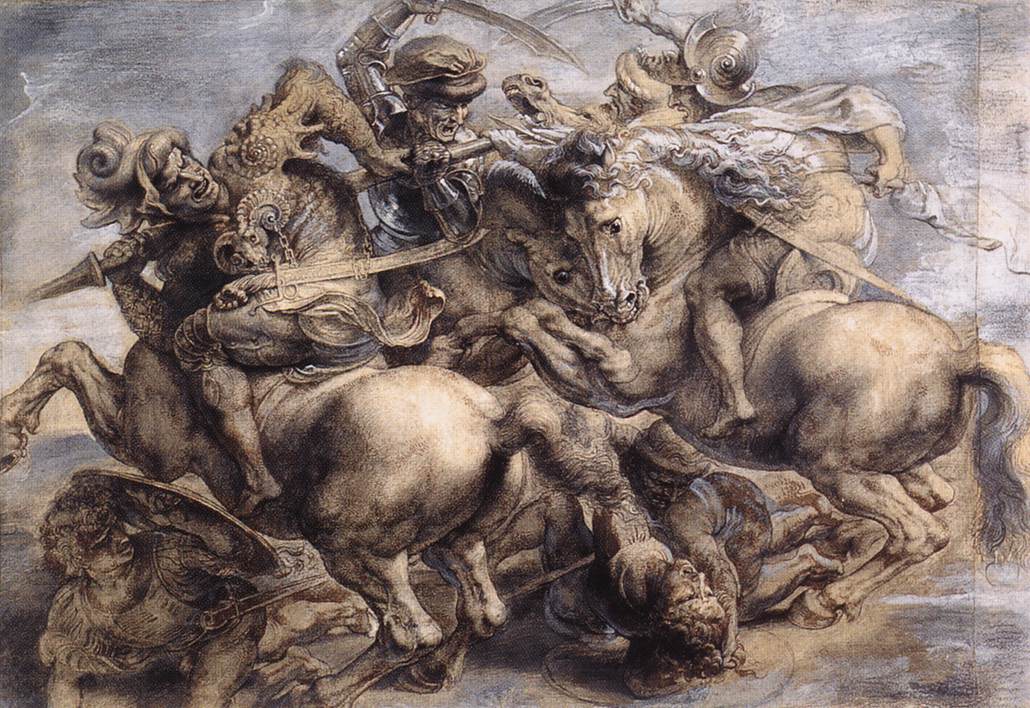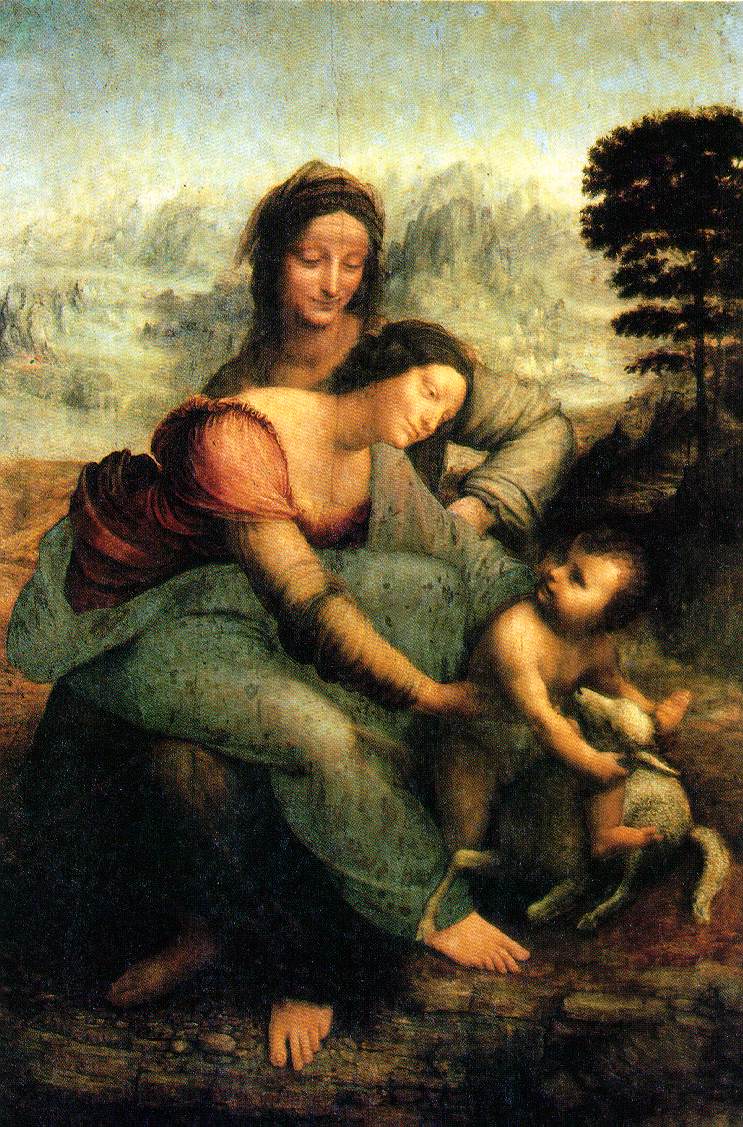
In 1515, Leonardo was called to Bologna and commissioned to
make a centerpiece for the peace negotiations between
the French King Francis I and Pope Leo X.
This is where he probably first met the French king, who would go on to
become the patron of his latter years. In 1516, Leonardo received an invitation
from Francis I to come to the French court, which he accepted.
He was given residence in Cloux, not far from the King's residence in Amboise
and was appointed "the first painter, engineer and architect of the King".
However, his only obligation was to converse with the 22-year old King, who visited him almost daily. Leonardo died on the 2nd of May, 1519 in Cloux and was buried in the Church of St. Florentine in Amboise.
Leonardo's reputation in his lifetime was immense, and his work visibly influenced many contemporary artists - not only the foremost
Florentine painters of the time - Fra Bartolommeo, Andrea del Sarto and, above all, Raphael
but also painters from Milan and northern Italy - Correggio in Parma, and Giorgione in Venice.












